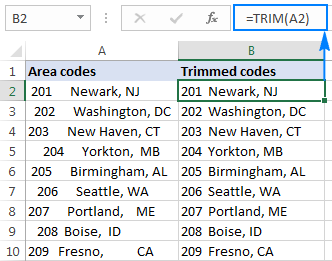

`|` this pipe character represents or operator which includes both () and It is possible to have an anaphor that has no lexicalzero anaphor realization at all, called \na zero anaphor or zero pronoun, as in the following Italian\nand Japanese examples from Poesio et al. ():\n(.) EN i bla bla #NLP Removing text in brackets ( or (…)) Here we have replaced all numbers with empty string re.sub(r"", "",text) # removing 2016, 21 It is possible to have an anaphor that has no lexicalzero anaphor realization at all, called \na zero anaphor or zero pronoun, as in the following Italian\nand Japanese examples from Poesio et al. → represents range of numbers from 0 to 9 It is similar as removing mentions re.sub(r"#\S+", "",text) # removing It is possible to have an anaphor that has no lexicalzero anaphor realization at all, called \na zero anaphor or zero pronoun, as in the following Italian\nand Japanese examples from Poesio et al. ? → preceding character may or may not be present in the string, + → 1 or more repetitions re.sub("http?\://\S+","",text) # removing It is possible to have an anaphor that has no lexicalzero anaphor realization at all, called \na zero anaphor or zero pronoun, as in the following Italian\nand Japanese examples from Poesio et al. import re "",text) # removing It is possible to have an anaphor that has no lexicalzero anaphor realization at all, called \na zero anaphor or zero pronoun, as in the following Italian\nand Japanese examples from Poesio et al. Removing mentions used pattern -> it suggests string group which starts with and followed by non-whitespace character(\S), ‘+’ means repeatition of preceding character one or more times, \S+ → here it represents one or more non-whitespace characters.Syntax import re #-> regex library re.sub(pattern, repl, string, count=0, flags=0) #syntax # repl -> replacement string If it is a callable, it’s passed the Match object and must return a replacement string to be used.” repl can be either a string or a callable if a string, backslash escapes in it are processed. We’ll use re.sub -> “Return the string obtained by replacing the leftmost non-overlapping occurrences of the pattern in string by the replacement repl. (2016): (21.15) EN i bla bla #NLP above text contains, url, hashtag, numbers, reference in square brackets( ), newline character (\n), these are some data that we don’t want in our text.

Let’s take an example text = """ It is possible to have an anaphor that has no lexical\ zero anaphor realization at all, called \na zero anaphor or zero pronoun, as in the following Italian \n\ and Japanese examples from Poesio et al. While working with text data it is very important to pre-process it before using it for predictions or analysis.
TEXT CLEANER REMOVE SPACES HOW TO
We need to learn how to work with unstructured data to be able to extract relevant information from it and make it useful.


 0 kommentar(er)
0 kommentar(er)
